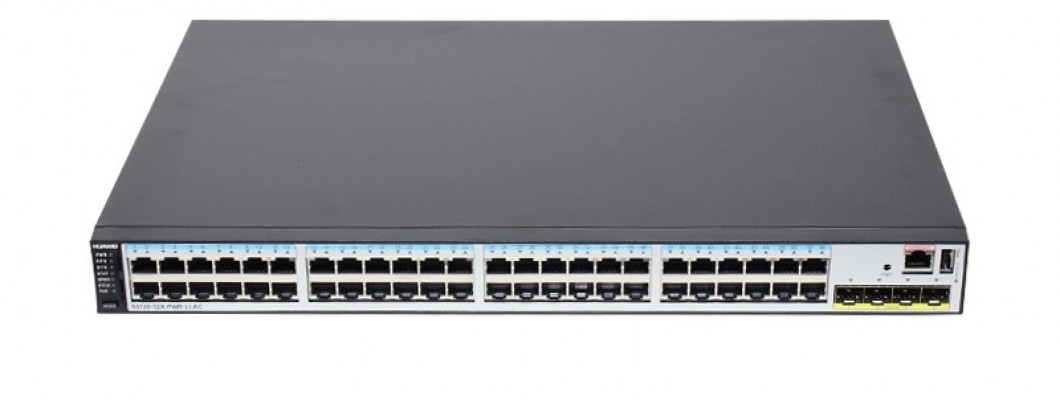
In daily work, everyone often encounters the problem of switch selection and camera matching, so how to choose a suitable switch? So that the transmission network is not stuck? Presumably everyone has encountered this problem. The following Xiaoao will give a brief introduction on the selection of switches and the calculation of hardware parameters, so that you can experience the magical world of switches!
1.Choose the switch according to the stream and quantity of the camera
1. Camera code stream
Before choosing an OPT switch, you must first figure out how much bandwidth each channel of image occupies
2. The number of cameras
To figure out the bandwidth capacity of the switch. Commonly used switches include 100M switches and Gigabit switches. Their actual bandwidth is generally only 60~70% of the theoretical value, so the available bandwidth of their ports is roughly 60Mbps or 600Mbps.
Example: Look at a single stream according to the brand of the network camera you use, and then estimate how many cameras can be connected to a switch.
2 million: A single 1080P camera stream is usually 8M, with a 100M switch, you can connect 7 units (7×8=56M); with a Gigabit switch, you can connect 75 units (75×8=600M). These are all mainstream H.264 camera as an example to explain to everyone, H.265 halved on it.
2.the choice of OPT switch
The monitoring network has a three-layer architecture: core layer, convergence layer, and access layer
1. The choice of access layer switch
Condition 1: Camera code stream: 4Mbps, 20 cameras is 20*4=80Mbps.
That is to say, the upload port of the access layer switch must meet the transmission rate requirement of 80Mbps/s, considering the actual transmission rate of the switch (usually 50% of the nominal value, 100M is about 50M), so the access layer switch A switch with a 1000M upload port should be used.
Condition 2: The backplane bandwidth of the switch. If you select a 24-port switch with two 1000M ports and a total of 26 ports, the backplane bandwidth requirement of the access layer is: (24*100M*2+1000*2*2 )/1000=8.8Gbps backplane bandwidth.
Condition 3: Packet forwarding rate: the packet forwarding rate of a 1000M port is 1.488Mpps/s, then the exchange rate of the switch at the access layer is: (24*100M/1000M+2)*1.488=6.55Mpps.
According to the above conditions, when 20 720P cameras are connected to a switch, the switch must have at least one 1000M upload port and more than 20 100M access ports to meet the demand.
2. The choice of aggregation layer switch
If there are a total of 5 switches connected, each switch has 20 cameras, and the code stream is 4M, then the flow of the aggregation layer is: 4Mbps*20 *5=400Mbps, then the upload port of the aggregation layer must be above 1000M. If 5 IPCs are connected to a switch, an 8-port switch is generally required.
3. OPT switch hardware parameters
1. Backplane bandwidth
Two times the sum of the capacity of all ports x the number of ports should be less than the nominal backplane bandwidth, which can realize full-duplex non-blocking wire-speed switching, which proves that the switch has the conditions for maximizing data exchange performance.
For example: a switch that can provide up to 48 Gigabit ports, its fully configured capacity should reach 48×1G×2=96Gbps, to ensure that all ports are in full duplex, providing non-blocking wire-speed packet switching .
2. Switching capacity (throughput)
Full configuration packet forwarding rate (Mbps) = number of fully configured GE ports × 1.488Mpps + number of fully configured 100M ports × 0.1488Mpps. The theoretical throughput of one gigabit port when the packet length is 64 bytes is 1.488Mpps.
3. Packet forwarding rate
The packet forwarding rate is measured by the smallest packet length that can be processed. For Ethernet, the smallest packet is 64 bytes, plus 20 bytes of frame overhead. Therefore, the minimum packet is 84byte.
Calculation method: For a full-duplex Gigabit interface to reach line speed requirements: packet forwarding rate = 1000Mbps/(64+12+8)/8)=1.488Mpps.

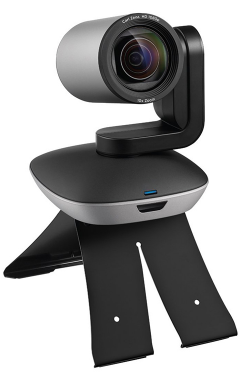
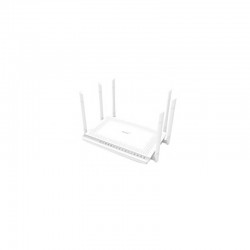

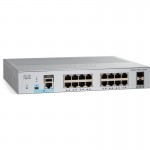
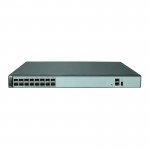
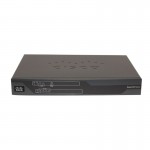

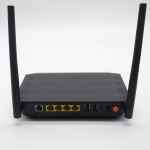
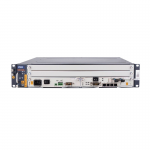
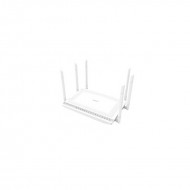
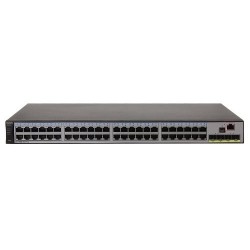
Leave a Comment